Retro Replay Review
Gameplay
Cybermorph drops you straight into the cockpit of the T-Griffon, a morphing attack craft capable of transforming between hover mode and full-flight. From the get-go, the controls feel responsive as you twist, turn, and rocket across each alien landscape in search of secret weapon pods. The core loop of pod-collection and escape is simple but addictive, pushing you to plan efficient routes and master strafing runs to avoid enemy fire.
(HEY YOU!! We hope you enjoy! We try not to run ads. So basically, this is a very expensive hobby running this site. Please consider joining us for updates, forums, and more. Network w/ us to make some cash or friends while retro gaming, and you can win some free retro games for posting. Okay, carry on 👍)
Each planet challenges you to find a predetermined number of pods before you can warp to the exit portal. This “fetch-and-flee” structure driven by time pressure and enemy spawns keeps your adrenaline high. You’ll often race against the clock while skirting around environmental hazards, forcing you to balance risk and reward when chasing distant pods or power-up caches.
Along the way, power-ups pepper the battlefield, upgrading your weapons from basic lasers to homing missiles and cluster bombs. Strategically stacking these enhancements becomes crucial, especially once you enter boss arenas after every eight planets. These boss encounters provide a satisfying shift in pace, demanding precision and pattern recognition to exploit each foe’s weak points before you’re overwhelmed.
Graphics
As the debut title on the Atari Jaguar, Cybermorph makes an impressive first impression with its fully 3D environments. The game’s wireframe landscapes give each planet a distinctive feel, whether you’re skimming jagged canyons or weaving through crystalline forests. Despite the Jaguar’s limited texture capabilities, the varying color palettes help keep each sector visually fresh.
Enemy designs range from hovering drones to mechanical behemoths, all modeled with chunky polygons that evoke a retro-futuristic aesthetic. While textures are sparse, the game’s draw distance remains solid, allowing you to spot incoming threats and terrain features well in advance. This clarity aids navigation and prevents cheap hits from off-screen enemies.
Special effects like explosions, weapon trails, and warp portals pack surprising visual punch for a mid-’90s console. Particle effects erupt in satisfying bursts when you destroy a pod or defeat a mini-boss, lending each victory a sense of impact. Although primitive by modern standards, Cybermorph’s graphics still hold nostalgic charm and clearly showcase the Jaguar’s ambition to compete in the 3D arena.
Story
At its core, Cybermorph offers a straightforward sci-fi narrative: the Pernitia Empire is on a galaxy-wide conquest spree, and only you stand between their ruthless forces and total domination. The backstory is primarily conveyed through the game manual, but in-game mission briefs provide enough context to keep you invested in pod recovery operations.
The sense of urgency is palpable as you learn that each stolen weapon pod represents the Resistance’s last hope. This simple premise drives every level, turning routine fetch missions into critical strikes against an interstellar tyrant. While there’s no in-engine cutscene drama, your imagination fills in the gaps, picturing the planetary colonies that hang in the balance.
Though Cybermorph’s plot doesn’t twist or surprise, it serves as a solid foundation for its arcade-style action. The four sectors you conquer unfold like chapters in a larger campaign, and the escalating difficulty implies the Pernitians are growing more desperate. It’s a classic “good vs. evil” setup, executed with enough flair to propel you through all 32 planets and the climactic boss battles.
Overall Experience
Playing Cybermorph today feels like digging up a time capsule from the dawn of console 3D gaming. The controls remain intuitive, and the mission structure balances exploration with pulse-pounding combat. Though repetitive at times, the core gameplay loop is satisfying enough to keep you returning for “just one more planet.”
The game’s auditory cues—thumping techno soundtrack, mechanical whirs, and explosive sound effects—complement the visual presentation and reinforce the sensation of piloting a high-tech war machine. Even if the audio fidelity is dated, the energetic beats help maintain momentum across lengthy play sessions.
For Atari Jaguar enthusiasts and retro-shooter fans, Cybermorph represents a landmark title that still holds up as a fun, if occasionally repetitive, arcade experience. It may not boast the narrative depth or graphical polish of later generations, but its ambitious 3D design and relentless action make it a worthy addition to any vintage collection.
 Retro Replay Retro Replay gaming reviews, news, emulation, geek stuff and more!
Retro Replay Retro Replay gaming reviews, news, emulation, geek stuff and more!
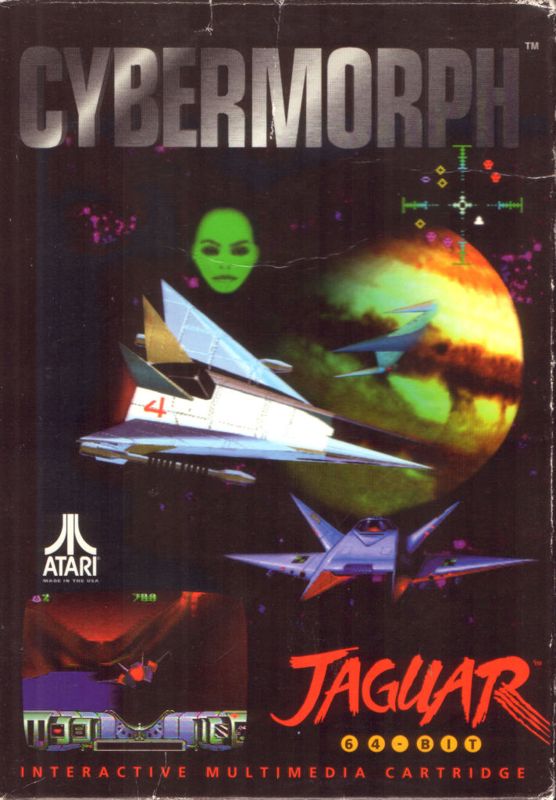
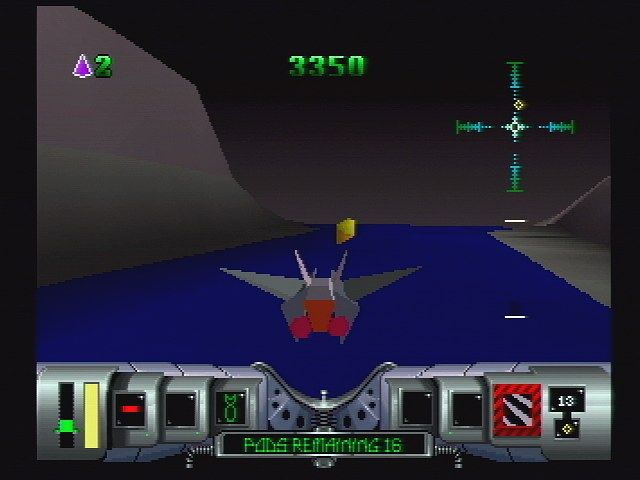
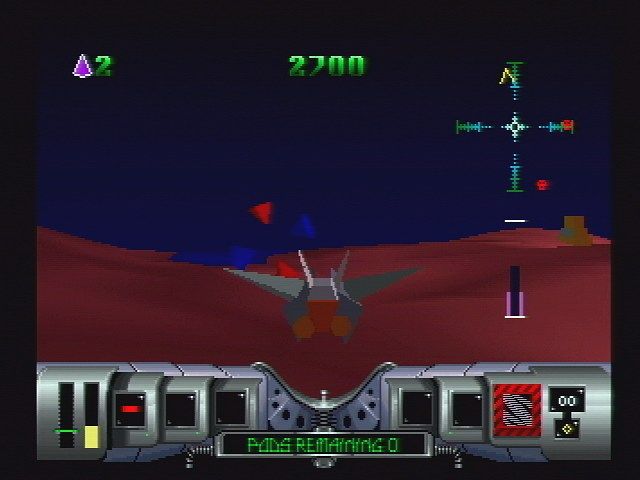
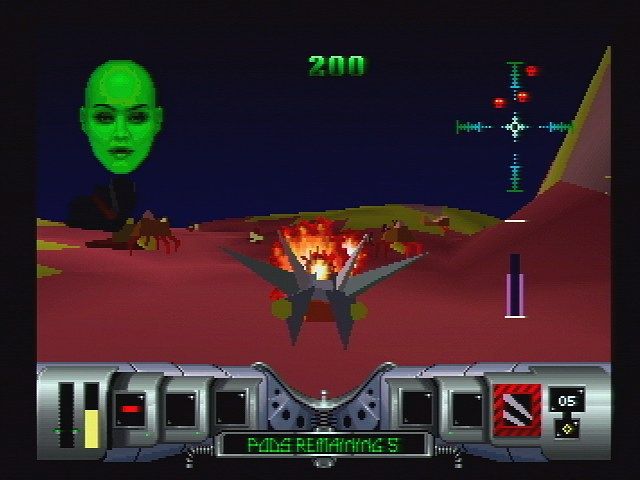
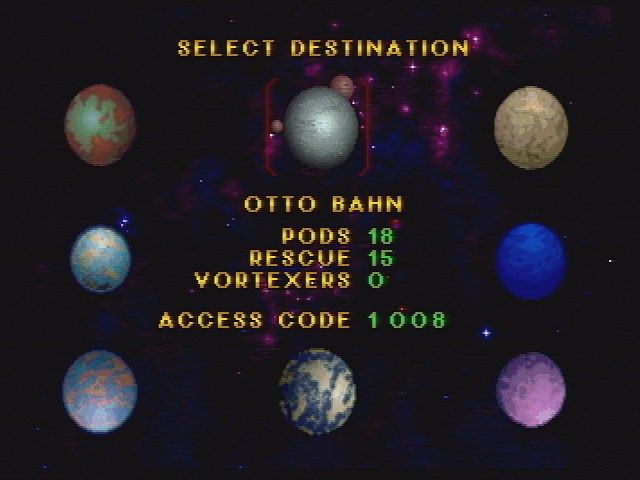
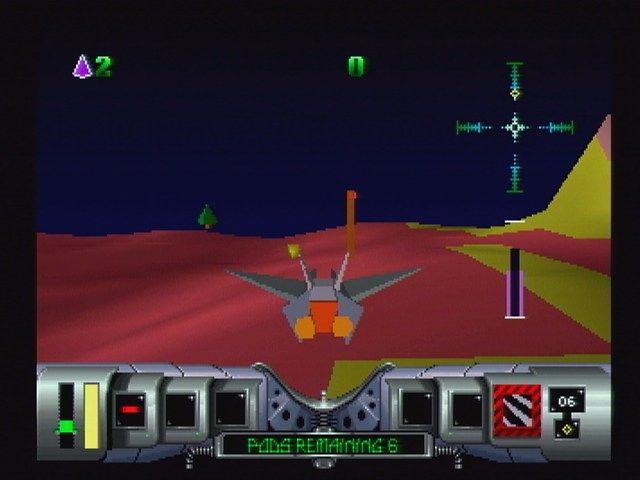


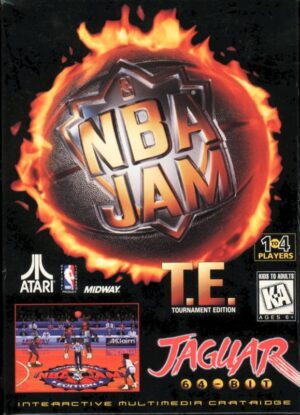
Reviews
There are no reviews yet.